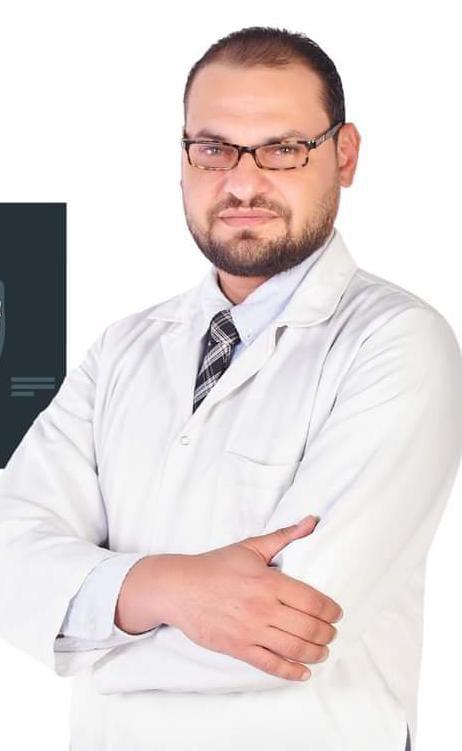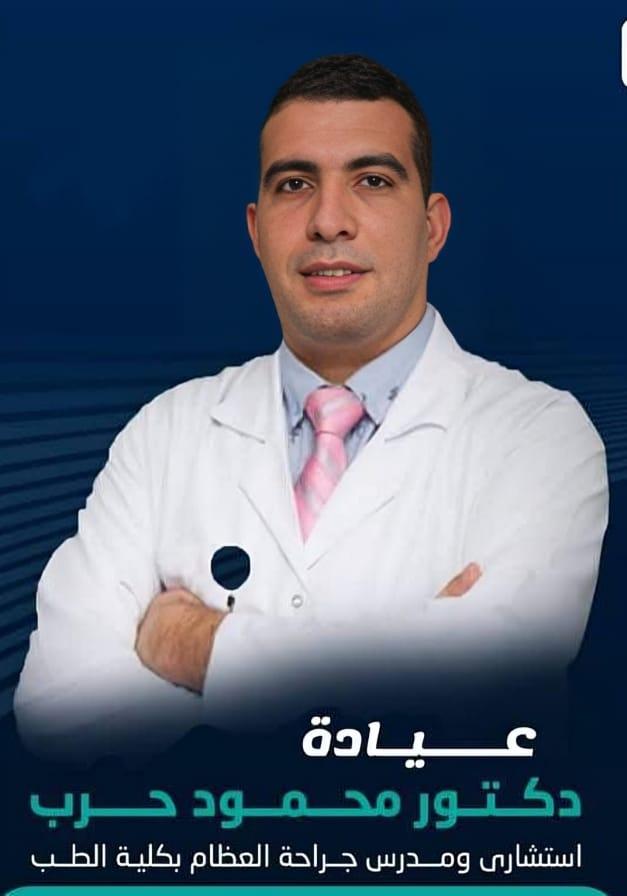Spinal Stenosis: Everything You Need to Know for the Right Treatment
Spinal stenosis is a medical condition that occurs when the spaces within the spinal canal narrow, putting pressure on the nerves within the spine. This condition is common in older adults, but it can also affect younger individuals due to injuries or genetic factors. In this article, we provide you with a comprehensive guide to spinal stenosis, including its causes, symptoms, treatment options, and prevention.
What is Spinal Stenosis?
Spinal stenosis refers to a condition in which pressure is exerted on the spinal cord and the nerves passing through the spinal canal. This narrowing can occur anywhere in the spine, either in the neck (cervical stenosis) or lower back (lumbar stenosis). This pressure is a leading cause of severe nerve pain and, in some cases, can affect mobility.
Causes of Spinal Stenosis
- Aging: As we age, wear and tear occur in the spinal discs and joints between the vertebrae, leading to narrowing of the spaces in the spine.
- Herniated Discs: Displaced discs can put pressure on the nerves, causing the spinal canal to narrow.
- Scoliosis or Spinal Deformities: Conditions such as scoliosis or curvature of the spine can lead to spinal stenosis.
- Arthritis: Joint inflammation such as osteoarthritis can lead to abnormal bone growth, narrowing the spaces within the spine.
- Tumors or Injuries: Tumors or injuries can cause spinal stenosis by compressing the nerves.
- Spondylolisthesis: When a vertebra slips forward or backward, it can narrow the space between the other vertebrae, putting pressure on the nerves.
Symptoms of Spinal Stenosis
The symptoms vary depending on the severity and location of the stenosis, but common symptoms include:
- Back or neck pain: Persistent or intermittent pain in the lower back or neck, which may radiate to the legs or arms.
- Numbness or tingling: You may feel numbness or tingling in the hands or legs due to nerve compression.
- Muscle weakness: The condition can lead to weakness in the arms or legs.
- Difficulty moving: You may experience difficulty walking or maintaining balance.
- Pain when standing or sitting for long periods: The pain may increase when standing for extended periods or sitting in one position.
- Inability to walk long distances: Severe pain may make it difficult to walk long distances due to nerve pressure.
Diagnosing Spinal Stenosis
Spinal stenosis is diagnosed through a comprehensive medical examination, which includes:
- Medical history: The doctor will ask about your symptoms and any previous injuries or medical conditions.
- Physical exam: The doctor will test movement, strength, and reflexes to determine the extent of nerve involvement.
- Imaging tests: The doctor may request X-rays, MRI, or CT scans to obtain detailed images of the spine.
Treatment for Spinal Stenosis
The treatment plan depends on the severity of the condition and may include:
1. Conservative (Non-surgical) Treatment:
- Pain-relieving medications: Nonsteroidal anti-inflammatory drugs (NSAIDs) may be prescribed to reduce pain and inflammation.
- Physical therapy: Exercises to strengthen muscles and improve flexibility and movement can help relieve pressure on the nerves.
- Rest: Taking breaks and avoiding activities that worsen symptoms can help in managing pain.
- Heat or cold therapy: Cold or heat packs may be used to reduce pain and inflammation.
- Steroid medications: In some cases, steroids may be injected into the affected area to reduce inflammation and pain.
2. Surgical Treatment:
If conservative treatments do not provide relief, surgery may be necessary. Surgical options include:
- Removing tissue that is compressing the nerves: Surgeons may remove displaced discs, bone spurs, or other tissue that is putting pressure on the nerves.
- Spinal fusion: In severe cases, vertebrae may be fused together to reduce pressure on the nerves.
- Disc replacement: In some cases, a damaged disc may be replaced with an artificial one to alleviate pressure.
When to See a Doctor?
It is important to consult a doctor if you experience any of the following symptoms:
- Severe or persistent back or neck pain.
- Difficulty walking or maintaining balance.
- Numbness or tingling in the limbs.
- Muscle weakness.
- Pain that worsens with movement or prolonged standing.
Preventing Spinal Stenosis
Preventive measures can help reduce the risk of developing spinal stenosis. These include:
- Maintaining a healthy weight: Excess weight increases pressure on the spine, so maintaining a healthy weight can help reduce this pressure.
- Regular exercise: Physical activity that strengthens muscles and increases flexibility in the spine can help reduce the risk of stenosis.
- Proper posture: Maintaining good posture when sitting, standing, or sleeping can help prevent unnecessary pressure on the spine.
- Correct lifting techniques: Use proper form when lifting heavy objects to avoid putting strain on the spine.
Choosing the Right Doctor for Spinal Stenosis Treatment
If you are experiencing symptoms of spinal stenosis, it is essential to choose a specialist in spinal surgery or neurology. Make sure the doctor has the necessary experience in treating this condition using the latest treatment techniques.
Conclusion
Spinal stenosis can significantly impact your daily life, but with the right treatment and ongoing care, symptoms can be managed, and you can return to your normal activities. Don't delay treatment—take the right step toward recovery today.














